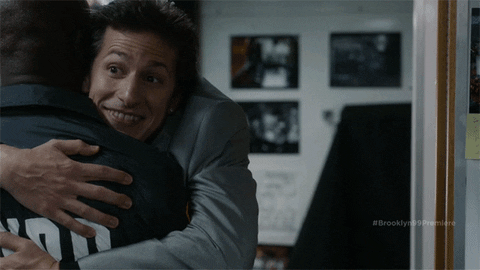Right from The Project mailbag comes this beauty of a question! Very timely in that so many organizations are moving super fast to add sign-on bonuses for new hires to help them attract more hourly candidates right now. Here’s the actual question:
Dear Tim,
We are looking to offer a new hire sign-on bonus for our hourly hires. I was wondering if you have any advice in terms of what is the best way to do this that one, makes it attractive to candidates, and two, works to help retain these hires so we aren’t just throwing money away?
Thanks for the help,
Mandy
How would I offer an hourly sign-on bonus?
It’s a great question because there isn’t any one correct answer. The correct answer is you do what it takes to meet your goals! In this scenario, without giving up Mandy’s specific details, here’s what I would do:
- Offer an amount that makes staying on extended UI/Stimulus a non-issue. So, if someone is making $300 a week additional stimulus ($1200 per month), I’m going to pay that on top of our hourly wage.
- Pay this sign-on as a fraction per hour worked. So, an additional $300 per week would be $7.50 per hour over your normal hourly rate. So, a person who normally makes $15/hr, would be making $22.50/hr until the “sign-on bonus” is paid off.
- The decision you have to make is how long do you pay this additional extra hourly sign-on addition? One month, two months, until the end of September?! I would pay it for one month and if the person quits and tries to collect unemployment, we would challenge it. The reality is, once someone has worked for a month, there more than likely going to keep working. The ones who really don’t want to work, won’t make it a month.
- “Tim, we just can’t afford that much”-edition. I hear you, $300 per week is way too much. What can you do? Steal workers from other employers who are making roughly the same as what you pay, but you pay more, just not $7.50 an hour more! Maybe you pay $2/hr more.
- But, wait, you’re not done! What about your current workers? The reality is, if you start offering a sign-on bonus to new hires, your current employees are going to be upset, especially your best ones! So, you have to make it good with them. More than likely you end up in a compensation track that pays your more experienced people more than your new hires. The key for success here is whoever is getting the best pay must be your best performers, or you get rid of them.
- Also, you can’t pay your more experienced hourly workers $.50 to $2/hr more if you’re paying new hires sign-on bonuses worth more than that, but you don’t have to pay them the same. The key is to make sure your best workers are being paid at a rate that leads the market, so they can’t go anywhere else for similar work in your market and make the same or more. Pay for performance.
- Move quickly to make changes to market compensation. In crazy employment times, as we have right now for hourly workers, you can not rely on paid compensation data and services. They move too slow. Pay attention to what candidates are telling you and make some calls to fellow pros around your market to see what folks are paying.
- Bonus Tip: Have multiple sign-on bonus/retention plans for potential new hires/current employees to choose from! Let’s face it, no one plan will be what everyone wants. So, design three and let them choose. Maybe some want an additional hourly rate, maybe some want a retention bonus paid at the end as a lump sum, and maybe some want something totally different. Get creative!
Brainstorming Idea: What if you paid bonuses for certain activities that lead to the new employee behaviors you wish to have? Show up for the interview, get $50 cash in your hand. Show up to the first day of work, get $100 cash in your hand. Make it through the first week, etc.! Reward based on the behavior you want to happen, and ensure it happens. Yes, payroll will hate you, but it doesn’t mean that it can’t be done!
Yes, this is expensive, but not as expensive as going out of business because you can’t find labor. You can always increase your prices for your products and services to meet this additional demand. Say hello to inflation, it’s going to happen, the current administration made sure of that with a multi-trillion dollar stimulus package!
The key to making sign-on bonuses work is to only pay those bonuses fully to those workers who truly are working. If you start paying that higher wage to slackers, you’ll be dead in the water. People are willing to work market leading wages, but they are also willing to collect market leading wages for not working so hard if you allow it.






